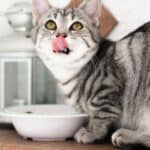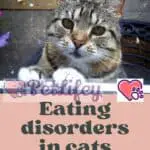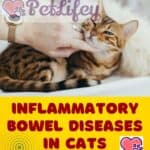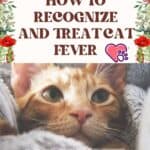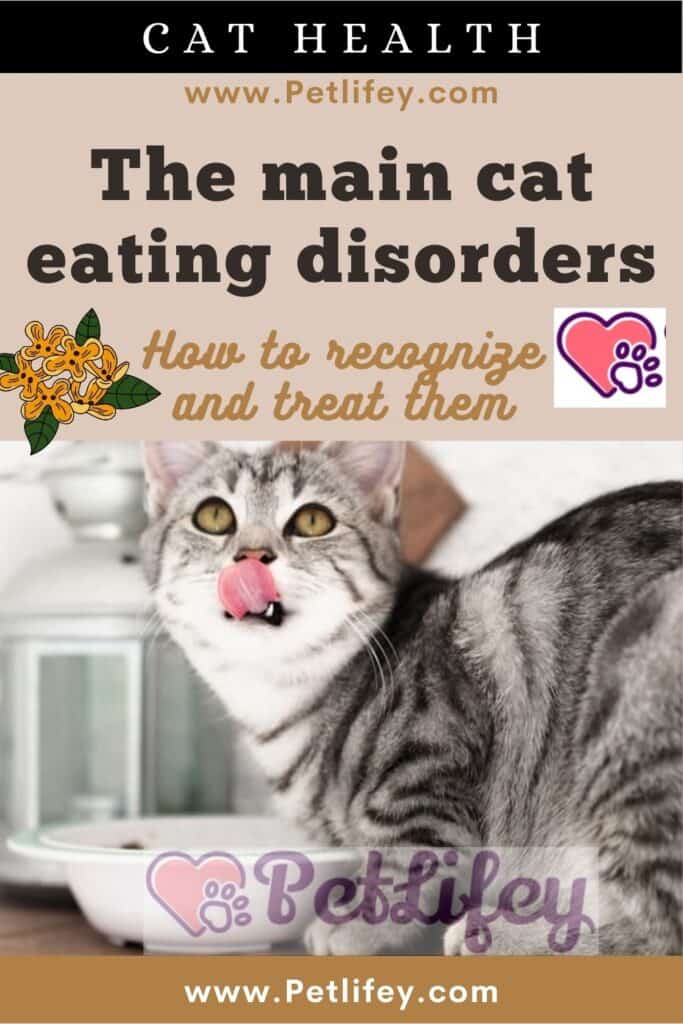
Pets who eat too much, who eat too little, who eat poorly: what are the main eating disorders of the domestic cat? Let’s find out the most common symptoms to recognize and treat them.
Our pets usually seem to really love food, but there may be medical conditions related to eating disorders that lead to cat physical problems. Even humans are not free from eating disorders, and the consequences they have on our body are also well known, but it is not very common among pet cat owners that their furry pets could also suffer from these medical problems. The causes behind such ailments are many and vary from case to case, and consequently also the solutions to apply to solve them. For this reason, consulting your trusted veterinarian is essential for the appearance of uncommon behaviors in our cat. Let’s see what are the main eating disorders that can put our cat’s health at risk.
Excessive nutrition
Some cats eat the amount of food that is offered to them, so they keep their diet on portions controlled by us owners. And it is completely normal: cats are in fact opportunistic eaters by their nature, that is, they consume any type of food that requires the least effort to have it.
Sometimes a cat may feel the need to stand up to another animal living in the house, when it comes to the consumption of food resources. For this, he will eat as much food as possible when he has the opportunity. Often however, overeating is linked to an overeating problem.
If when the cat asks us for food we always satisfy it, it will begin to ask for it all day long, because it knows that we will give it to it. And this is a behavior of us masters, which is not good. We immediately change this way we do, for the health of our cat.
Overeating can lead to serious illnesses, such as obesity, liver disease, gastrointestinal problems, diabetes, respiratory disorders, pain during physical exertion, and much more.
But these are not the only reasons behind this eating disorder of our cat, and behind the excessive eating of our cat. There can be causes related to age, to the health of our cat, to lifestyle habits, and various other reasons that vary between different cats.
In old age, some cats tend to get hungrier simply because they are older. But even a cat on certain medications may have a higher appetite. Certain medical conditions (such as some cancers related to diabetes and insulin) can also cause increased hunger in your cat because they affect the amount of sugar in the blood.
An improper diet, gastrointestinal diseases that make the cat unable to properly absorb the nutrients from its food, can affect the feeling of hunger. Some breeds are more likely to overeat, but in any case if our cat’s behavior seems strange to us, we should consult our trusted veterinarian to verify that there are no medical conditions. Sometimes, a behavioral expert is also needed who can verify our cat’s behavior.
The cat eats too fast
If the cat eats too quickly, without chewing or digesting properly, it could risk choking or vomiting from the speed with which it eats. But there is also the risk of developing stomach inflammation, gastritis.
There may be a behavioral disorder behind this eating disorder, which we can see in protecting its food obsessively, or even aggressively, if another animal or even a human approaches while the cat is eating. Some cats finish their meal quickly, even stealing food from other pets.
There are many possible causes behind this behavior, including those related to our cat’s childhood. If your cat has had to compete with her siblings for breast milk while breastfeeding, the cat could carry this problem with her into adulthood. It also happens with stray cats, which often have to compete for survival.
To solve the problem we could try to feed our cat with smaller portions, also dividing them into single bites, thus forcing the cat to eat more slowly. Even a more comfortable environment can affect the cat’s behavior, perhaps keeping other pets away while it eats. There are also special bowls to force the cat to eat more slowly.
Anorexia or poor nutrition
Among cat eating disorders, anorexia or poor nutrition are very dangerous. Symptoms such as depression, lethargy, weight loss, weakness, numbness, diarrhea, vomiting, and more, can occur in the cat.
There is a slight difference between anorexia – an extreme loss of appetite – and pseudo anorexia, in which the cat would like to eat but cannot because of a medical condition, or excessive pain. Identifying the cause of the problem is necessary to treat it.
Causes can be related to disease ( kidney problems, diabetes, pancreatitis, gastrointestinal problems, immune diseases, cancer), medications, environmental or food problems (changes that bring stress to the cat), or exposure to substances that are poisonous or toxic to the cat. Due to the large number of possible causes, it is essential to consult a veterinarian.
Other causes are related to psychological problems, usually related to stress and anxiety of the cat. It will therefore be important to solve these problems by alleviating this stress, perhaps by providing the right physical and mental stimuli to the cat to try to vent its energy in this way.
Variations in the environment (such as after a move) or in its food (changing food brands, for example) can also be a problem for our kitty. We try to provide safe spaces to make him feel comfortable, perhaps with boxes or perches for cats. For food instead, we could try mixing some of the old food with the new one, so that it gradually gets used to it.
Pica
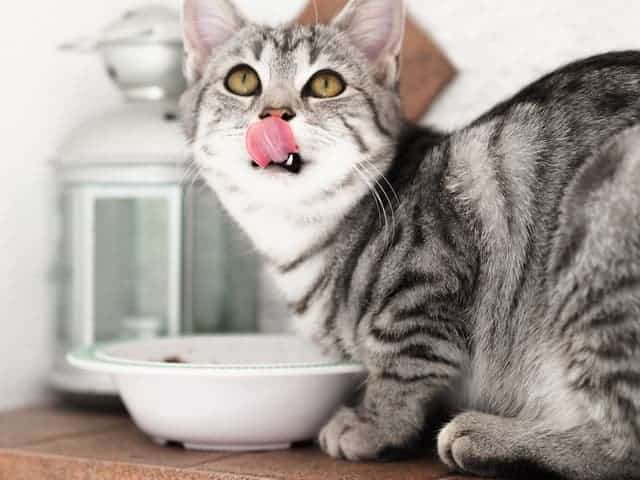
Pica is a medical condition whereby our cat will eat anything other than food (plastic, cloth, stones, and more). Some breeds seem more predisposed to pica, but other cats develop it because they are weaned too early, thus getting into the habit of sucking on objects. This disease can be dangerous, with risks of suffocation, poisoning and gastrointestinal blockages, among others.
There are many reasons (physical and psychological) why your cat may start wanting to eat inedible items. Among these, deficiencies in the diet, resulting in abnormal nutrition. Cats suffering from anemia can eat litter sand, or grass and vegetables to make up for nutrients that are lacking in their diet (with the risk of ingesting plants that are toxic or treated with poisonous chemicals).
But there may also be medical (leukemia, diabetes, brain tumors) or psychological (boredom, stress, separation anxiety, attention seeking) problems. In any case, it is advisable to contact our veterinarian for a more in-depth visit.
Treatment can be on a pharmacological basis or with changes to the diet, and in the case of psychological causes also with mental and physical stimulation, with the elimination of the possible causes of stress from the environment. Removing items that your cat usually swallows, and replacing them with safe toys or other alternatives, can help.

